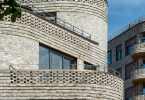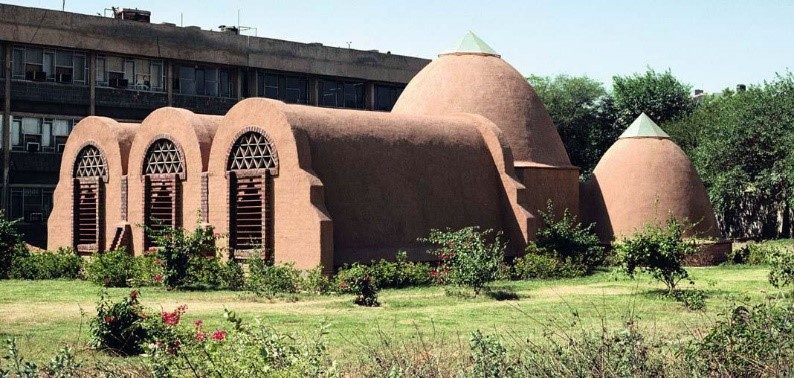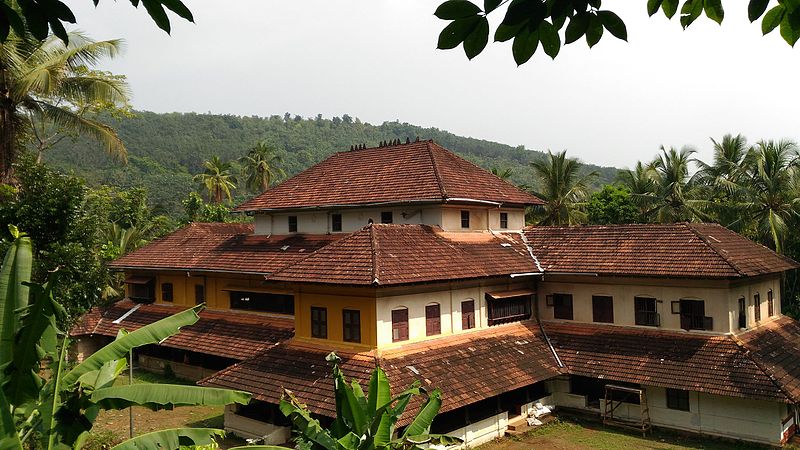Starting from the 16th century to the 18th century the Mughal empire was at its peak, this is exactly when the amazing Mughal architecture flourished in the Indian subcontinent. This remarkable architectural style has been a unique blend of Islamic, Indian and Persian styles. It reached its golden age under Shah Jahan during 1628-1658 – it is the Mughal Empire that gave us several impressive monuments including the spectacular Taj Mahal i.e. one of the 7 wonders of the world.
Saluting the Mughal realm who bought the Mughal Architecture in our country, today we look at 5 of the exemplary examples. Read on…
Mughal Architecture – The 5 Spectacular Monuments
You can identify Mughal monuments by wide domes, flanked by tall towers. Here’s a quick look:
1. Taj Mahal
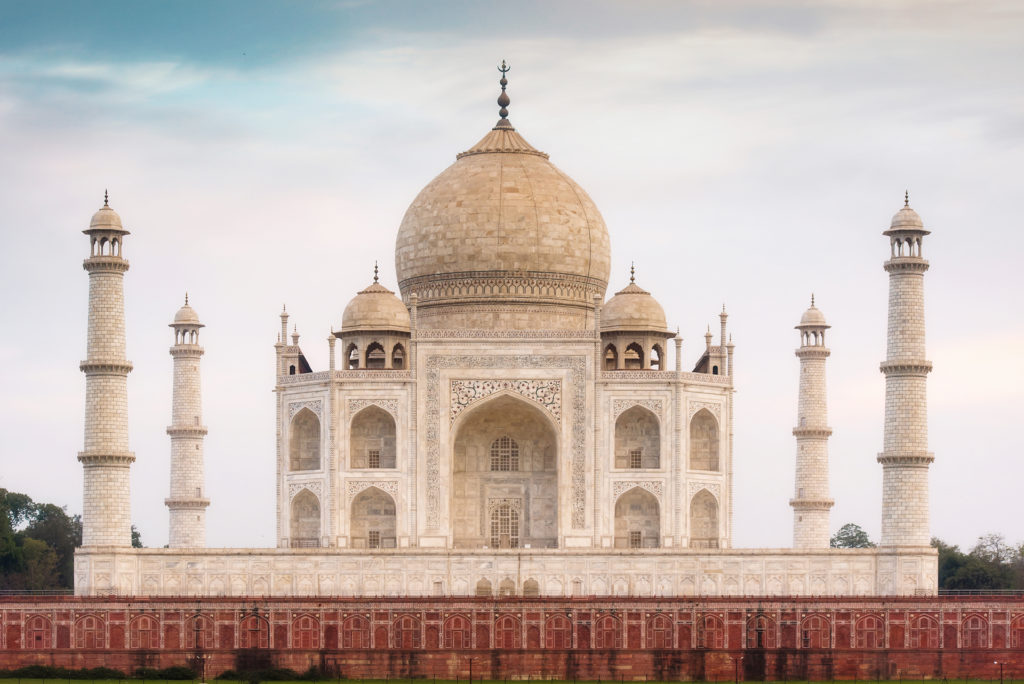
Taj Mahal is Shah Jahan’s most famous project and the crown-jewel of Mughal Architecture. Built between 1632 and 1653 this amazing structure is one of the most famous buildings in the world. Built as a memorial for Jahan’s beloved wife Mumtaz Mahal, this white marble monument stands as a symbol of the Emperor’s eternal love for his wife. Taj Mahal was planned by a Persian architect Isa Khan and erected by 20,000 men. The marble engraved in this architectural wonder was brought from Makrana, and the precious stones came from different parts of the world. The most amazing feature of this structure is the large bulbous dome surrounded by four cupolas. In 1983, the Taj was recognized as a UNESCO World Heritage Site, even today this wonder awes every single person – unquestionably it’s is one jewel in the Indian Architecture.
2. Shalimar Bagh
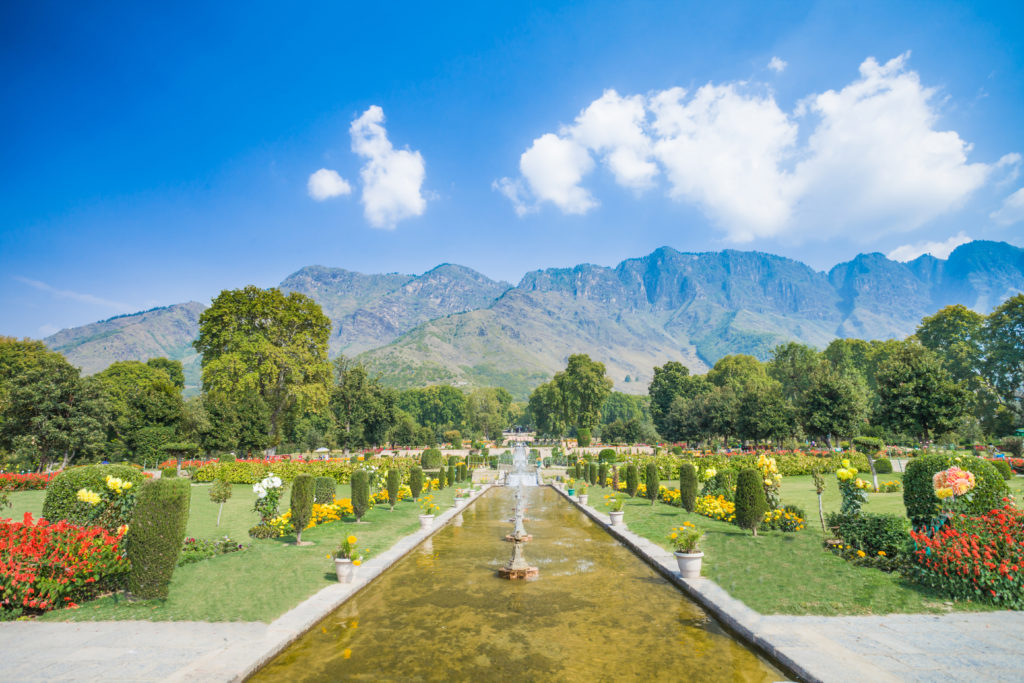
Shalimar Bagh also known as Shalimar Gardens, Farah Baksh, and Faiz Baksh is a mesmerizing Mughal garden located in Srinagar. Linked through a channel to the north-eastern side of the Dal Lake, this famous shoreline garden was built in 1619 by Mughal Emperor Jahangir for this wife Nur Jahan. Talking about the amazing architecture of this garden, the ‘Chini Khanas’ or the arched niches located behind the waterfalls are one of the most unique features. Earlier, these niches were lit up with oil lamps in the night which gave the garden a fairy tale kind of appearance. Another unusual architectural feature is the doors of the Baradari. The Baradari had four exquisite doors that were made of stones supported by intricate pillars. This garden is considered as the high point of Mughal horticulture and considered as the “Crown of Srinagar”.
3. Red Fort
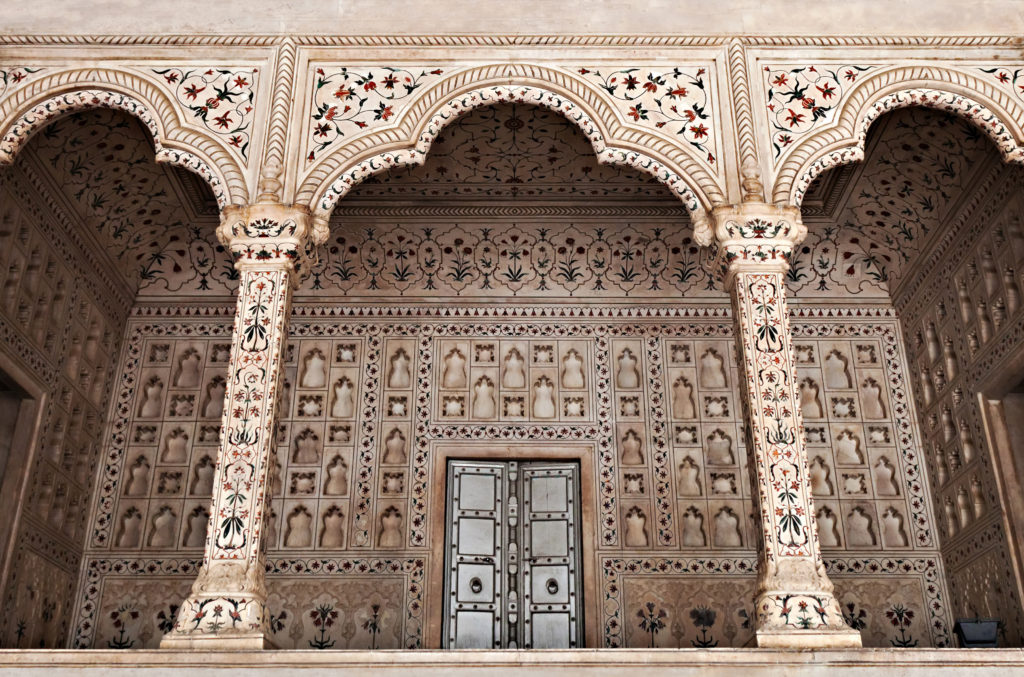
‘At the stroke of the midnight hour, when the world sleeps, India will awake to life and freedom…’ This momentous speech marked India’s independence from British rule and in the chorus made the Red Fort in Delhi a politically significant monument. Even today Red Fort acts as the setting for the Independence Day celebrations every single year. This monument is the earliest specimen of Akbar’s new style of architecture, the construction of which started in 1565 A.D. and completed after 15 years. The architecture of the Red Fort is a symbol of the cultural mélange that the Mughals brought to India. It is the culmination of the Mughal style of architecture which began with the first Emperor and that involves a fusion of Persian, Timurid and Hindu traditions.
4. Jama Masjid
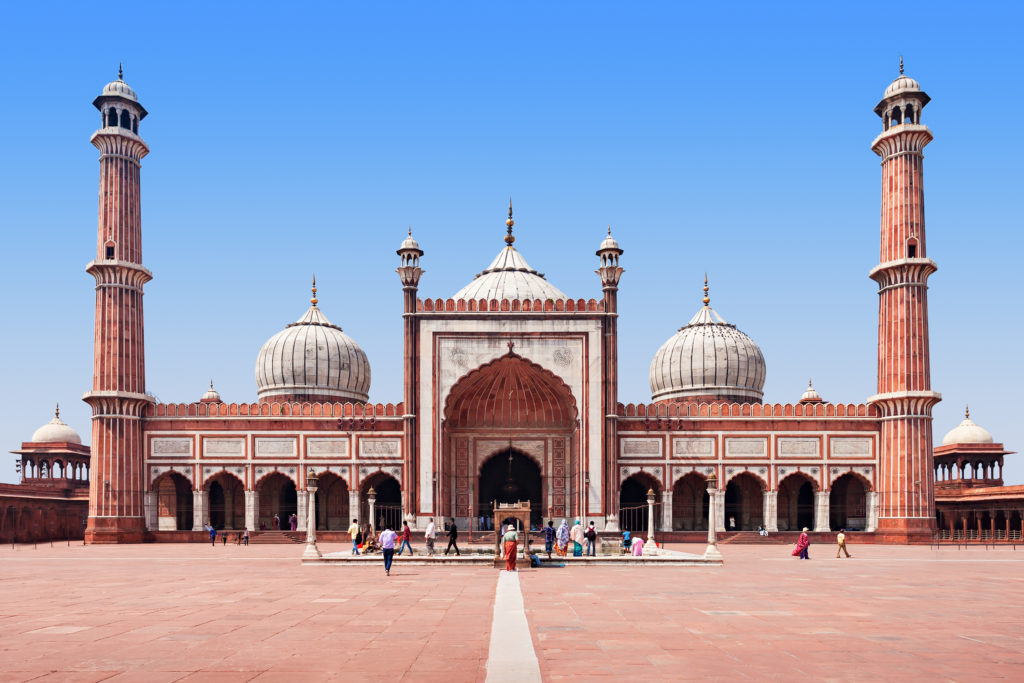
Jama Masjid also spelled Jāmiʿ Masjid and Masjid-i Jahānnumā is one significant mosque located in Old Delhi. Constructed in 1656 by the Mughal emperor Shah Jahān this monument is a noted example of Islamic architecture. In addition, this spectacular mosque is still the largest mosque in India that took 5,000 laborers and 6 years to complete; it pays testament to the vision and power of Shah Jahan. The mosque perfectly dominates the skyline of Old Delhi with its 4 impressive towers, 3 colossal domes and two 131 feet tall minarets. The principal construction material used is red sandstone, in addition, some white marble was also used. Oriented towards the holy city of Mecca, Saudi Arabia, which lies to the west. An open courtyard facing the eastern gateway of the mosque building is at least 325 square feet (99 meters) and can accommodate 25,000 people.
5. Akbar’s Mausoleum
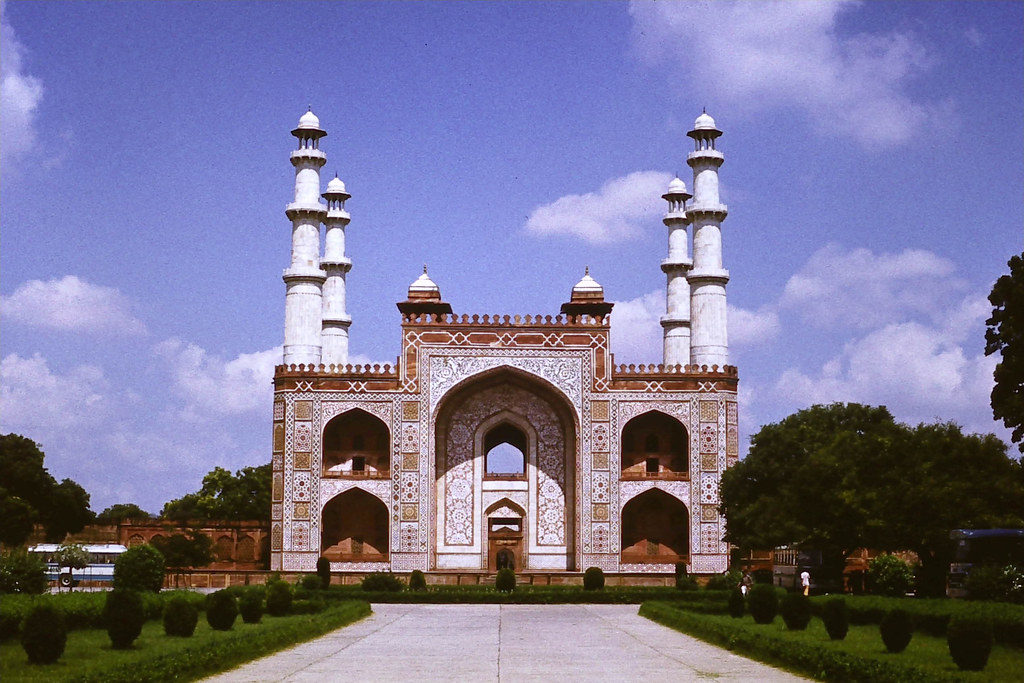
Situated about 10 km from Agra, the Mausoleum of Akbar the Great is another gem in the Mughal architecture of India. Akbar started the construction but it was completed by his son Jahangir in 1605. This structure is built partially in red sandstone and in marble, with a mixture of Hindu and Moslem design elements. It can be seen as a transition between the older architectural style, based on red sandstone and the new with marble as the main element and finer ornaments and carvings. One of the most unique features of this Mausoleum is its main gateway; this gateway is a minor monument in itself, with pleasing proportions and bold inlaid ornamentation along with 4 graceful white marble minarets, one above each corner.
All of the Mughal architecture wonders, including those listed above, deserves to be appreciated in person. Neither picture or written descriptions could ever do justice to their architectural beauty. We hope you liked this virtual journey for now.
Kleinmachnow Read: 10 Most Popular Styles In Indian Architecture
clomid clomiphene citrate buy Curated by editor at Wienerberger India
Like this story? Or have something to share? Write to us: gosmartbricks@gmail.com or connect with us on Facebook and Twitter.



